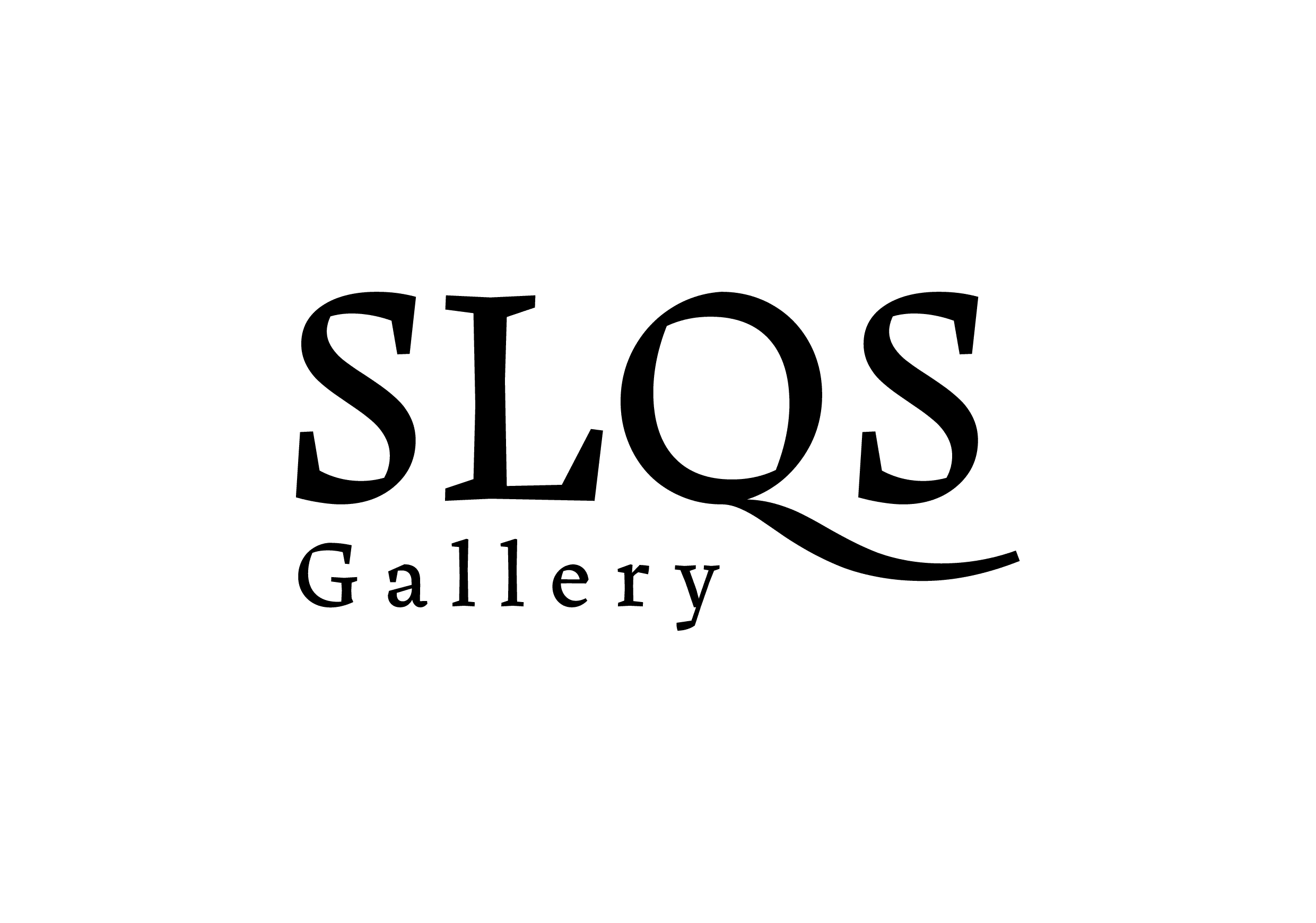A Landscape of Chance
Taking its name from a chapter in Robin Wall Kimmerer’s book Gathering Moss (2003), A Landscape of Chance is the inaugural exhibition of SLQS gallery, showcasing the work of seven artists interrogating the assumed divisions between human and more-than-human worlds. The chapter itself speaks to a storm initially devastating a forest, until mosses and plants grow into the opportunity, suddenly flung into the right conditions to photosynthesise and thrive. The exhibited works echo such ideas, foregrounding the inherent strength of vulnerability, transformation, rebirth and reinvention, inviting us to challenge our default positioning and perspective.
Hope laces its way through many of the works. Damaris Athene utilises speculative ecologies to imagine futures where beings might glimmer and entwine in symbiotic relationships. Ella Yolande subverts traditional notions of protection in her work Gentle Husk - where what initially appears to be a piece of chest armour reveals itself to be a soft garment filled with medicinal herbs. It re-ranks healing as a powerful force, and delicately references the historical female healers who would have tended to their communities with knowledge gained from the more-than-human world.
Plants surge up again through discarded textiles in Beverley Duckworth’s works, growing beyond fast fashion. Elsewhere, Anh-Phương Nguyễn comments on the commercialisation of nature and the traditional Vietnamese practice of hòn non bộ - miniature landscapes - through her work The World is Yours if You Want it. Meanwhile Hoa Dung Clerget and Koa Pham mesmerise us with acrylic durian fruit, innovatively applying nail varnish to construct simulated visions of utopian Vietnamese landscapes.
The dangerous immediacy and falsity of surface perceptions are consistently pierced by the material choices and methodologies throughout the exhibition with Diana Taylor’s textile collages seducing us from afar, before further investigation reveals depictions of natural disasters. Nguyễn returns photographic memory cards to the earth in her use of ceramics, highlighting the consumption of ‘other’ landscapes with huge servers distantly storing our digital lives.
We are repeatedly confounded and reminded of outdated modes of being and seeing, nothing is quite as it seems and everything feels interconnected. Through a sacred ritual, Masumi Saito’s opening performance informed by Shinto traditions lead us into a spiritual world. All the works seem to possess an understanding of what US professor Stacy Alaimo called “Transcorporeality” — “that there’s no nature that we just act upon. Instead it’s also acting upon as, as we are always already the very substance and the stuff of the word that we are changing.”
In the swirl of shifting relationships and responsibilities there is no time to slump into ecological doom, instead the artists here seem to delight in the possibilities on offer, their beguiling works acting as invitations into imagining new ways of existing with our fellow Earth Others.
Rhona Eve Clews and Olivia “Lilly” Edward
Co-founders: The More-Than-Human Book Club
